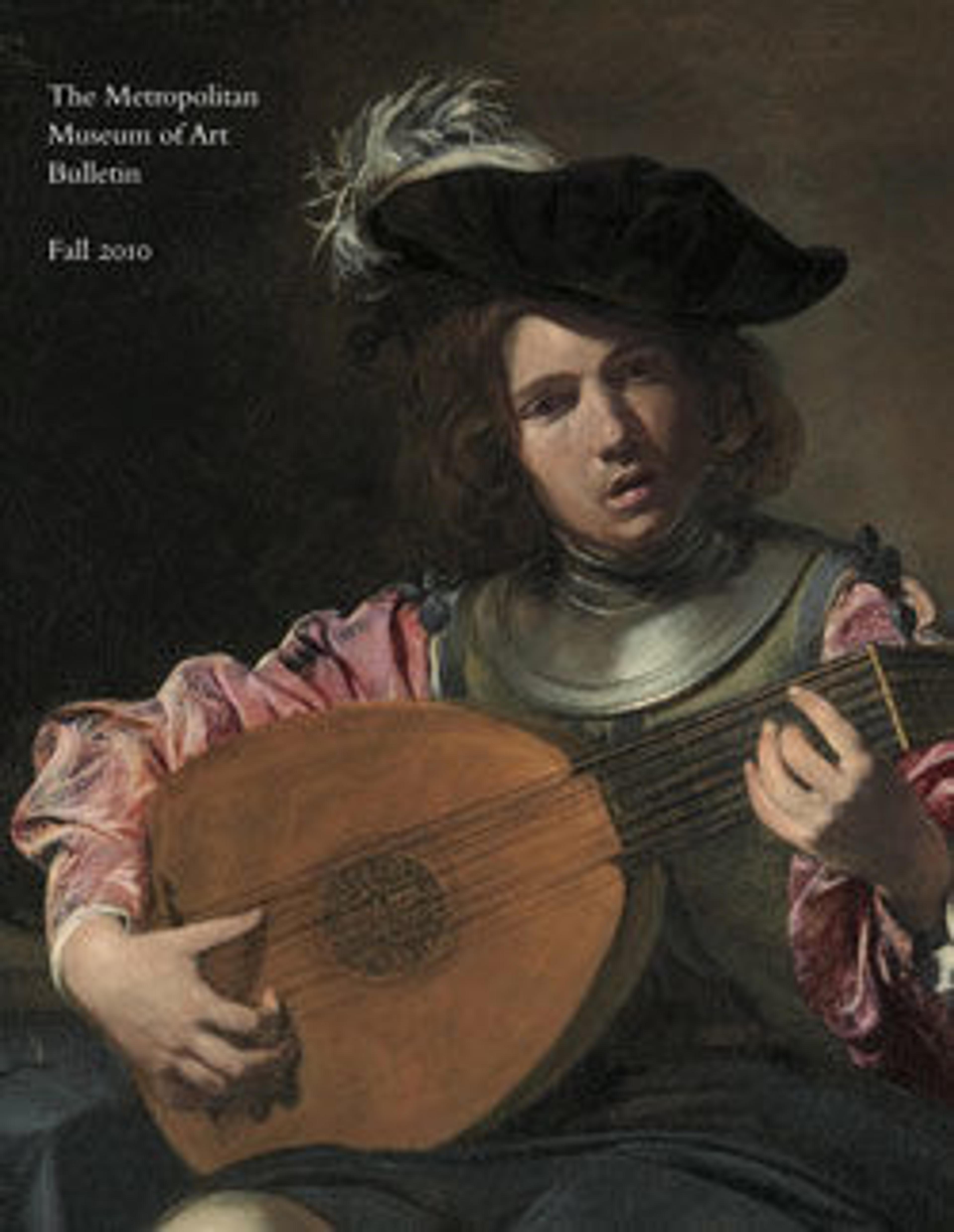Tureen and stand
A précis of how the precious metal silver could be transformed into a superior work of art by an artistic and imaginative mind, this tureen is a product of eighteenth-century Augsburg, undisputedly the foremost center of gold- and silversmithing in central Europe at the time. The sophisticated play of textures, daring juxtaposition of plain and lightcatching areas with detailed Rococo decoration, and whimsical sculptural elements reflect the commanding originality of the Augsburg artisans, particularly Bernhard Heinrich Weyhe, the maker of this piece and the leading Augsburg master. The touch of exotic chinoiserie in the pagoda-shaped outline of the tureen’s lid, so en vogue at the time, exemplifies Weyhe’s contributions to the Rococo style, which helped to define its interpretation in southern Germany. His creations are also famous for their highly sculptural finials. On this one, an elegant young woman in hunting costume holds a hooded falcon as a fox howls in the background. Falconry was one of the rare hunting sports that feudal ladies were allowed to participate in. The fox may allude to the contents of the game stew that would have been served in the tureen at hunting banquets, which at the time were lavish court rituals.
Artwork Details
- Title: Tureen and stand
- Goldsmith: Bernhard Heinrich Weyhe (German, 1702–1782)
- Date: 1769–71
- Culture: German, Augsburg
- Medium: Silver, silver gilt
- Dimensions: Tureen Overall (confirmed): 10 3/4 x 18 x 8 3/8 in. (27.3 x 45.7 x 21.3 cm); Stand Overall (confirmed): 21 x 12 5/8 in. (53.3 x 32.1 cm); Overall weight (non-confirmed): 8.5 lbs. (3850 g)
- Classification: Metalwork-Silver
- Credit Line: Wrightsman Fund, 2009
- Object Number: 2009.263a–c
- Curatorial Department: European Sculpture and Decorative Arts
More Artwork
Research Resources
The Met provides unparalleled resources for research and welcomes an international community of students and scholars. The Met's Open Access API is where creators and researchers can connect to the The Met collection. Open Access data and public domain images are available for unrestricted commercial and noncommercial use without permission or fee.
To request images under copyright and other restrictions, please use this Image Request form.
Feedback
We continue to research and examine historical and cultural context for objects in The Met collection. If you have comments or questions about this object record, please contact us using the form below. The Museum looks forward to receiving your comments.
